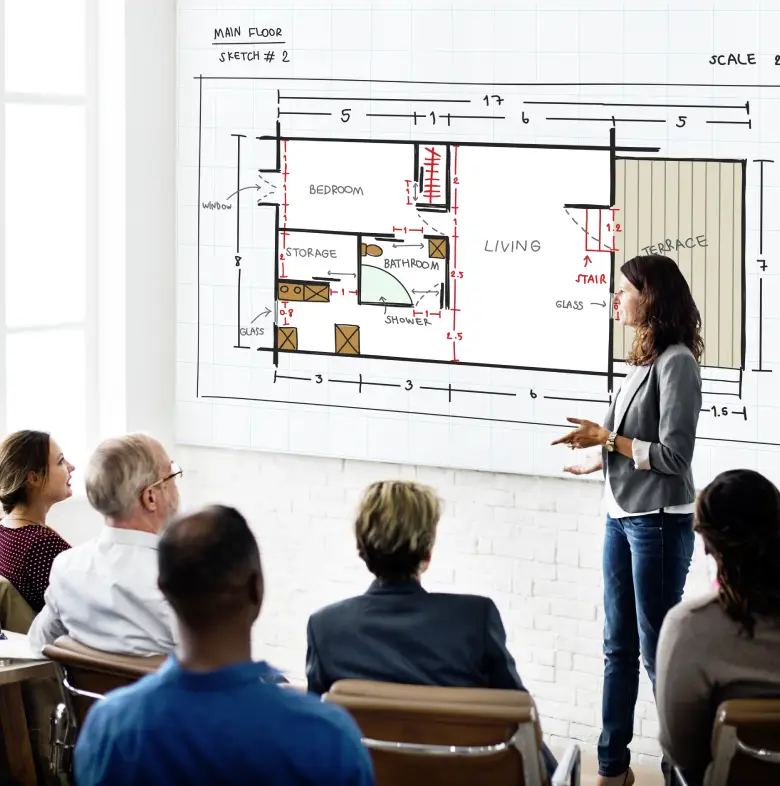Architecture and Graphic Design
Architecture Courses cover a wide range of topics related to the design and construction of buildings and structures. The curriculum typically includes subjects like architectural history, design theory, building technology, structural analysis, environmental sustainability, urban planning, and architectural drawing. These courses aim to develop the knowledge and skills necessary for designing functional, aesthetically pleasing, and sustainable architectural spaces.
Architecture courses often involve studio-based learning, where students engage in hands-on design projects. They work on design briefs, develop conceptual ideas, create architectural models, and produce detailed drawings using both traditional and digital tools. This studio environment allows students to explore their creativity, develop problem-solving skills, and gain practical experience in architectural design.
Architecture offers a wide range of career options. Architects can work in architectural firms, construction companies, government agencies, or as self-employed professionals. They may specialize in residential, commercial, institutional, or sustainable design. Some architects also pursue research or teaching positions in academia.


Graphic Design Courses focus on visual communication and the creation of digital and print media. The curriculum typically includes subjects like design principles, typography, color theory, digital imaging, branding, user experience design, and layout design. These courses aim to develop the knowledge and skills necessary for creating visually appealing and effective designs. Designers need to be proficient in design software, such as Adobe Creative Suite, to create and manipulate digital imagery.
They must have a good understanding of design principles, color theory, typography, and layout design. Strong creativity and problem-solving skills are essential for developing unique and impactful design solutions. Graphic design offers diverse career opportunities. Graphic designers can work in advertising agencies, design studios, marketing departments, or as freelance professionals. They may specialize in areas like branding and identity design, web design, illustration, motion graphics, or user experience (UX) design. Some graphic designers also venture into entrepreneurship, starting their own design studios or agencies.
Both architecture and graphic design require a blend of artistic creativity and technical skills. While architecture focuses on physical spaces and structures, graphic design primarily revolves around visual communication. Depending on your interests and strengths, you can choose a career path that aligns with your passion for creating and designing.
